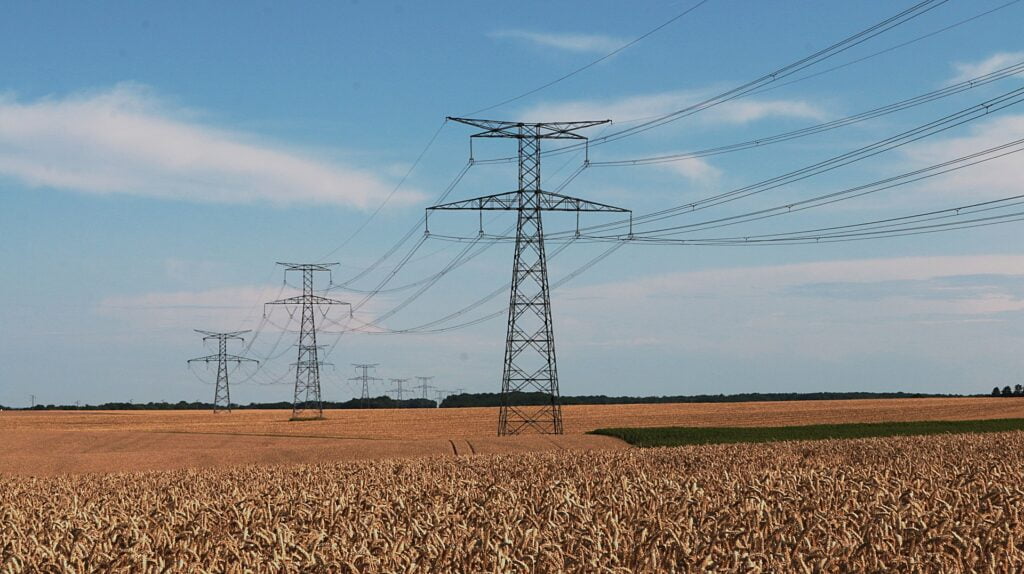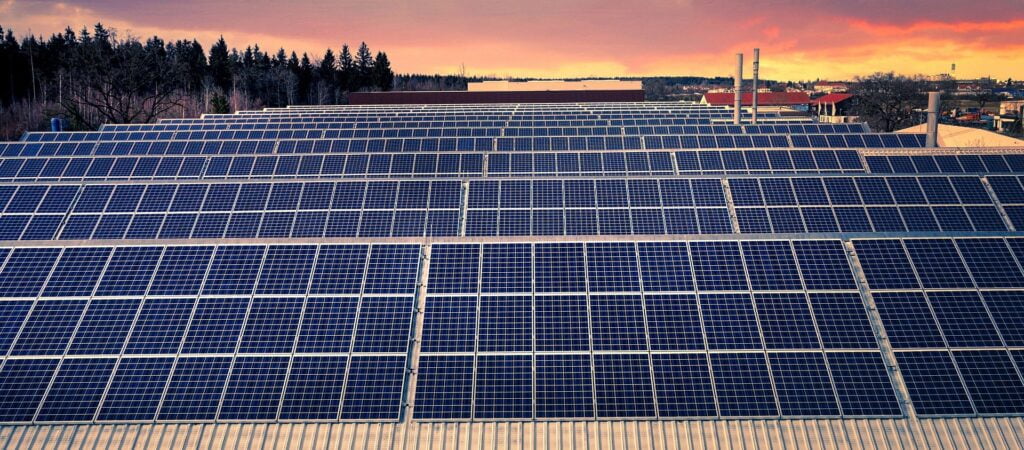A proposal to place tariffs on solar electricity households export into the grid has been labelled “Sun Tax” by solar advocates.
Experts have said this is necessary to prevent blackouts and bottlenecks and encourage take-up of battery storage.
The tariff is intended to discourage exports into the grid when demand is low and encourage them when demand is high. It also aims to encourage the use of electricity in battery storage when electricity demand is high.
Solar community group Solar Citizens blasted the Australian Energy Market Commission’s proposal saying it was nothing more than a solar tax.
Experts, however, disagreed that it is a sun tax and that the proposal needed to be looked at in terms of encouraging exports when demand is high and encouraging home battery storage when demand is low.
The AEMC said the proposal was necessary to prevent damage to the power grid, blackouts and bottlenecks, and to encourage more solar where it is needed.
At the last count, 2.6 million homes had rooftop solar panels in Australia with a total capacity of 10.2 Gigawatts.
The number of installations is expected to double by the end of the decade and account for more than 25 Gigawatts of electricity by 2030.
This means that rooftop solar will be the largest contributor to Distributed Energy Sources (DER) by that time.
Energy grid was never designed to be a two-way system

Australia’s power network was never designed to be a two-way system where consumers could buy and sell onto the grid.
It was designed with the traditional model in mind. Large baseload fossil-fuelled generators would churn out electricity all day long to keep the lights on.
To gain a deeper understanding of the problem, we must look at the duck curve. In the morning, when the sun’s rays are weak, demand is nominal.
But as the sun gets stronger, homes and businesses start to draw on their rooftop solar generation, making electricity demand bottom out sharply.
As the sun goes down, demand climbs sharply as people return home from work and put the kettle and TV on.
The afternoon dip poses problems for the grid in its own right because when demand is so low, it can cause damage. Add more solar being sold into the grid from excess rooftop solar, and you start to encounter major problems.
Chief Executive of Energy Networks Australia Andrew Dillon explained: “Without changes to how DER is managed, the ongoing growth in solar means networks would increasingly need to restrict power exports or even block solar connections to prevent voltage spikes and even local blackouts.”
One option to deal with more solar traffic is building more poles and wires but it is expensive and ends up on everyone’s energy whether they have solar or not. AEMC said this is not an option.
So what is the AEMC proposing and is it really a Sun Tax?
Rooftop solar households could lose $100 per year from Sun Tax while non-solar would save $15 per year

The AEMC is proposing a tariff of 2c/kWh for exports into the grid at the lowest of the trough. Modelling has shown that this would cost rooftop solar owners around $100 per year.
The 80 percent of households without solar will make a saving of about $15 a year, as they would no longer be partly paying for the cost of handling excess solar power.
AEMC said that if the situation is left as is, solar exporters will fare worse than with the daytime dip tariff. Export charges on a 4−6kW system might lead to a marginal drop in solar earnings, owners will face that same drop if they are constrained from exporting energy just 10% of the time.
Being constrained 50% of the time would reduce their solar earnings by more than $300 per year.
Revenues for distribution companies would not increase if charges were introduced, as they are capped by the energy regulator.
The AEMC says the tariff proposal will encourage networks to send price signals to help reduce congestion.
AEMC’s proposal will give networks pricing options they don’t have now, like rewarding solar and battery owners for sending power to the grid when it’s needed and charging for sending power when it’s too busy.
New incentives will give customers more reason to buy batteries or consume the power they generate at busy times on the grid.
How is excess power being handled currently?
The Australian Energy Market Operator stepped in more than 20 times in 2020 to cut solar exports into the grid to keep the system stable. The most recent instance was in South Australia on 14 March.
A transmission cable used for exporting power was out of action and South Australia was awash with renewable power that could not be farmed out elsewhere.
The risk of more intervention is growing in Queensland and New South Wales. The proposal, which is part of AEMC’s wider Distributed Energy Integration Program, is open to feedback, with submissions due by 13 May 2021.
Want to learn if your business can benefit from solar?
This article on the AEMC’s proposal may have given you some food for thought. If you want to learn whether your business can reduce energy costs via solar or other methods, Leading Edge Energy’s energy brokers can direct you to the best opportunities for saving. Just provide the necessary data on our Get Started form so we can get the ball rolling on our analysis of your energy bill and consumption.
Or you can call our Energy Experts on 1300-852-770 for any enquiries.
We source, analyse, compare and rank commercial, industrial and multisite energy quotes. Obligation Free.
Chat with one of our experienced consultants today and get the insights your business needs to help manage the risks associated with volatile electricity and natural gas markets. Our energy procurement service is obligation-free and provides a time-saving way of securing lower energy rates from our panel of energy retailers.














